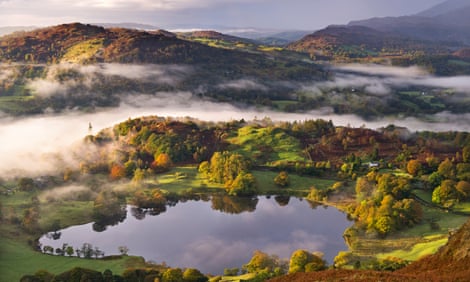KAYAK
There are many lakes for sports but the most used is the kayak
The kayak is a small human- powered canoe . is typically driven by one or several kayakers using double bladed sitting and looking forward with legs slightly bent .Its origin dates back to about 5,000 years ago and was used in different versions of the native peoples of Alaska , northern Canada and Greenland.
Has different parts:
Helmet : is the kayak which is in contact with water and defines its main features as stability , speed and maneuverability addressing .
Cover : top kayak , which covers and protects the old kayaker from the elements.
Cable cabin or cockpit : the hole in which the kayaker sitting kayak.
Keel : bottom and axis of symmetry of the helmet that gives the forward direction .
Screens or partitions : internal separation between the cab and cargo compartments
Compartments : dry cargo compartments for loading and to give buoyancy .
Chiefs cover: Heads elastic to hold articles on the deck of the kayak .
Rudder : a similar piece retractable fin , which helps address the kayak on wind conditions and currents .
There are different types of kayak , or used to navigate in calm waters or rapids . All use the paddle as a propellant .
River kayaking , for example, is short and flattened , with a sleeve wider and shorter in length . The kayaker uses musleras that fits your legs to master the craft movements of the trunk .
About whitewater kayaking is shorter and has cubrebanyeres , which covers the open part of the canoe preventing water can enter . To kayaking the other hand , uses a helmet.
Maneuvers to board a kayak:
- Back to Kayak : Kayak is located parallel to the shore and is attached bath . Then you cross the shovel behind the bathtub while the other hand holds up the front .
- At this point you can enter a leg on the vessel using as footholds right hand , holding the shovel, and left on a point on the edge slightly higher than the kayak.
- Then slide the body and enters the other leg , keeping the same points of support. Knees are flexed and stretched his legs under the foredeck and finally , Adjusts the position in the kayak that is as comfortable as possible.
- Sit in the kayak : Sit properly in the kayak will prevent future back injuries
- Pour a kayak : Hopefully kayak has turned completely before trying to get out. knees are removed from the foredeck , the body is flexed forward and keeping the manual contact with the kayak , climb to the surface.
- Shovel handle
- Handling shovel
- Paddling forward
- Paddling back
- Stop kayak
- Circular stroke ahead
- Stroke circular ago
- Stroke eight
- Turns escorats
- Timoneig bow
- Timoneig stern
- eskimo roll
Group
Group of kayakers
Link imatge: grc=23U3mcJNQJ1vPM%3A
Link informació: https://ca.wikipedia.org/wiki/Caiac
PERSONAL OPINION
This work in English made me more knowledge about the language and and collected more knowledge about the sport of kayaking.

.jpg)








